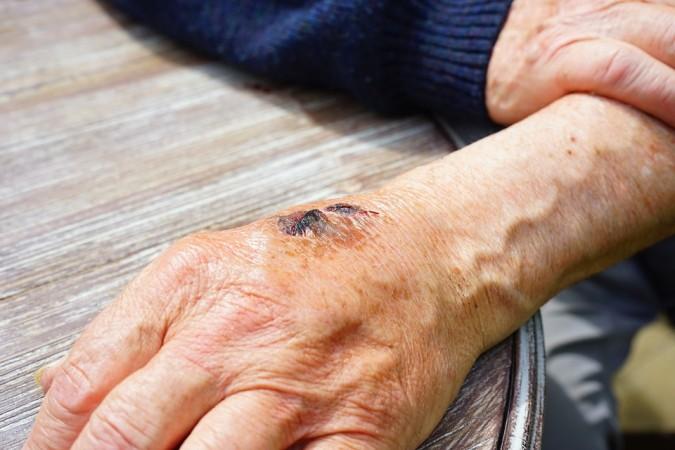
Everyone has a scar that they would like to fade away – be it of an injury caused by an accident you had when you were a kid or a surgical procedure you had to undergo.
Though nothing can be done about the scars you already have, researchers have figured out how to make 'fresh wounds' heal as normal and regenerate skin, instead of leaving a mark for life. This is something that was previously thought to be impossible in mammals.
Scars stand out because it's different from regular skin -- scar tissue doesn't contain any fat cells or hair follicles and is made up almost entirely of cells called myofibroblasts. So, once the wound fully heals, it doesn't blend into the surrounding skin and looks completely different for the rest of the life.
The process is similar to that of ageing skin -- we start losing our adipocytes, leading to irreversible wrinkles. Scientists have now discovered that existing myofibroblasts can be converted into adipocytes, suggesting that when a wound is in its healing process, the scar tissue could be converted to regenerated skin instead, something that's only possible in amphibians and fishes.
"The findings show we have a window of opportunity after wounding to influence the tissue to regenerate rather than a scar," said researcher Maksim Plikus from the University of California, Irvine.
Research conducted by the group previously showed that fat cells and hair follicles develop separately in regenerating skin, but not independently and hair follicles would always develop first. They suspected that possibly the growth of hair follicles assists the growth of fat cells in regenerating skin.
So, the researchers induced hair follicles to grow in newly forming scar tissue in mice and lab-grown human skin samples to find out what would happen in that case.
They found that the hair follicles released a signalling protein known as Bone Morphogenetic Protein (BMP) and as soon as they started forming, it converted the scar's myofibroblasts into adipocytes.
"Typically, myofibroblasts were thought to be incapable of becoming a different type of cell," said one of the team, George Cotsarelis, chair of the Department of Dermatology at the University of Pennsylvania.
"But our work shows we have the ability to influence these cells, and that they can be efficiently and stably converted into adipocytes," Cotsarelis added.
If the results remain the same in a human trial, it could lead to entirely new ways of wound healing.
The research has been published in Science.










![Sky is the limit: IndiGo is now tenth largest airline by capacity globally; growth indisputable [details]](https://data1.ibtimes.co.in/en/full/767454/sky-limit-indigo-now-tenth-largest-airline-by-capacity-globally-growth-indisputable-details.jpg?w=220&h=138)






